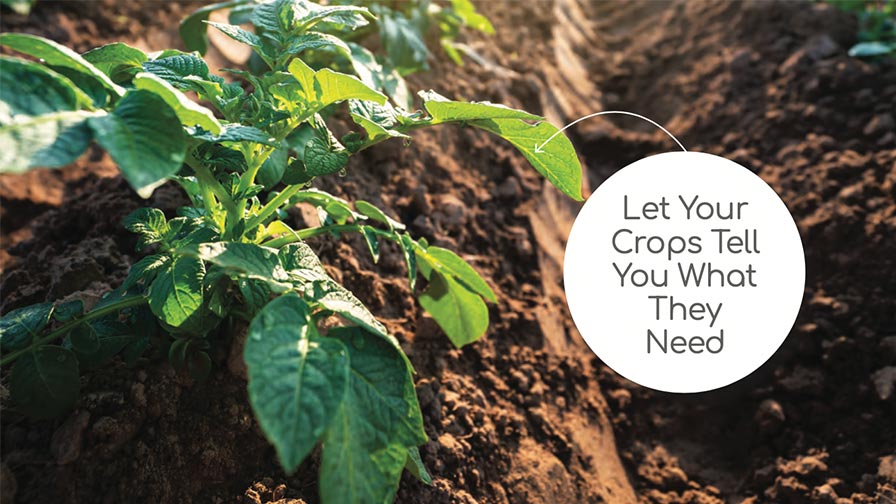8 Steps To Optimal Peach Orchard Establishment
The popularity of new peach orchards in Florida is really taking off! With all the enthusiasm for growing and learning about a new crop, be sure to think through the basics of establishment and make a solid start to your new endeavor.
1. Site And Variety Selection
Not enough can be said about the importance of selecting the proper site and variety for your location. A misstep up front is likely to result in disappointing results in the end.
To choose the variety best suited to your location, you’ll need to think about chill units and decide on melting or non-melting flesh with an eye on how you plan to market your product.
Layout, Planting, Pruning: The Chicken Or The Egg?
Deciding on the orchard design or layout is your chance to set the stage for the future development and harvest of your crop. Consider spacing carefully, thinking through the size and
maneuverability of equipment. Higher density than the traditional 20 feet between rows and 20 feet between trees may pay off, but it will not if space is so restricted that light is limited or equipment is hard to maneuver.
2. Before Planting
Verify a nursery has a valid license for patented fruit varieties and decide on bare root or containerized trees. Beware that plant material will often need to be ordered months in advance. Take a soil sample to check pH and nutrient levels. If needed, add dolomitic lime to raise the pH to between 6.0 and 6.5.
3. Planting
Potted or containerized trees should be planted any time during the spring and summer months. Be sure to irrigate trees throughout the growing season. Watering in will help remove air and establish good root to soil contact. Bare root trees (dormant) should be planted in December or January.
It’s recommended to plant trees slightly deeper than they were raised by the nursery in well-drained situations. However planting at the same depth they were grown at in the nursery is recommended on flatwood soils.
4. Weed Control
Help your trees off to a good solid start by reducing competition with weeds. Herbicides can be used down the planting row, while mowing between rows is sufficient and will keep soil in place while reducing weed competition.
5. Irrigation
Irrigation should be established at the same time as trees are planted in the orchard. Irrigation lines can be laid down the row using a “Spinning Jenny” and microsprinklers can be attached in the line.
Minimum irrigation requirements of once a week will suffice to establish the planting, but maximum fruit size and quality will require at least an acre-inch of water per week.
6. Fertilization
Newly planted young trees should be fertilized in February, while two-and three-year old plantings should be fertilized in January. Fertilizer should be applied in a circular pattern six to 24 inches from the trunk in the first year. Zinc, boron, and manganese deficiencies have been noted. Annual fertilizer recommendations are based on leaf tissue analysis of mid-shoot leaves taken April through August.
7. Training And Thinning
Pruning shapes the future architecture of the tree. Stone fruit trees in Florida are hand-pruned and requires skill and experience. The goal is to establish four evenly spaced scaffolds about one and a half feet off of the ground. This arrangement allows good light penetration. If needed, cut young trees back to about 18 inches to encourage branching.
Two pruning passes are made in Florida orchards — dormant and summer pruning.
Fruit thinning is an essential practice that results in large fruit size. The earlier the thinning is done, the longer the remaining fruit will have to benefit from increased resources per fruit. Thinning should be done before peach pits harden, reducing the fruit to one per 6 to 10 inches of branch by hand.
8. Prepare For Pests
Become familiar with peach pests using the 2012 Southeastern Peach, Nectarine and Plum Pest Management and Culture Guide in addition to the
references below:









